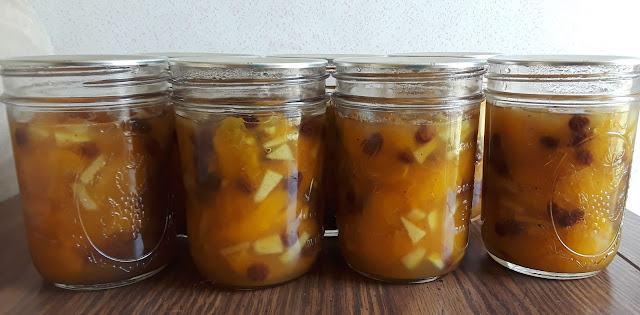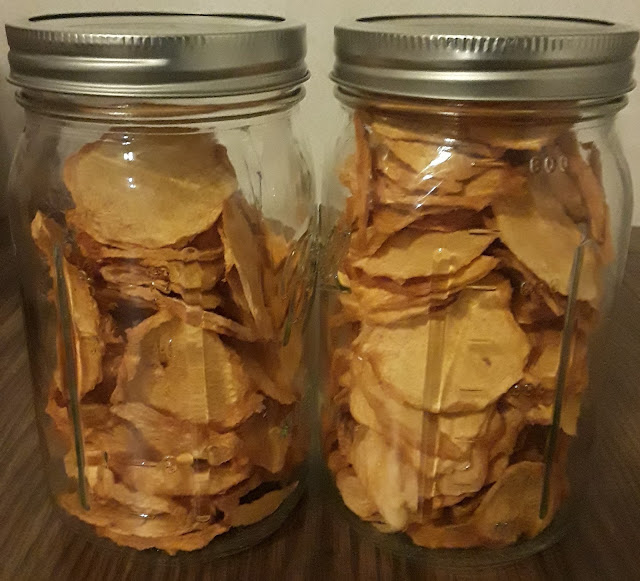The garden is going crazy and this weekend was an exercise in planning and canning. My fridge was full of cucumbers waiting to become pickles. My table was overflowing with ripening tomatoes. In the garden my peppers, beans and broccoli were laden with produce just begging to be picked, and I had a bag of ripe apricots from the farmers market that was intended to become jam at some point in the near future.
When I got home from work on Saturday night I started to prepare for a canning day. I began with the cucumbers. I went out and picked every good sized cucumber I could find and added them to my already overflowing bowls of cukes in the fridge. Then they were all scrubbed and trimmed and tossed into brine to soak for the next twelve hours. The next morning it began.
First I prepared the canner for pickles. The canner takes awhile to heat up, so I began to prepare what I could ahead of time like gathering the dill heads and chopping garlic. Once the first round of pickles went into the canner I took the time to start gathering my ingredients for salsa. I had two batches of pickles to can that each took at least 40 minutes from start to finish, so I took the down time to clean up the kitchen and start chopping veggies for salsa.
First I washed and chopped the biggest ripest tomatoes until I had enough for one batch of salsa. Then I picked and chopped a variety of peppers and onions to add to the tomatoes. Once the pickles were done processing I prepared the canner for the salsa. I added the rest of the ingredients to the salsa and started cooking it down until it was ready for canning. Then my third round of the day went through the canner.
While that was cooking I cleaned up the kitchen once again to prepare for round four of canning. This round was going to be the apricot jam so I set up the counter for peeling and slicing apricots next. It was only a small batch of jam, so things went fairly quickly with that. By the time the fourth round of canning was done for the day I was exhausted and called it a day to the sound of pinging jars as they sealed while they cooled on my table.
The next day the work started all over again, though with less canning in the plans. I went out to gather cucumbers and was surprised to fill another large bowl, so I prepared them for pickling when I brought them in. They would make another seven quarts of pickles before the day was done.
I also took some time to gather more tomatoes. I was going to make another batch of salsa today, but I didn't want to spend all day in the kitchen again canning salsa, so I sliced up the largest, ripest ones and laid them out on the dehydrator instead. I still have plenty of tomatoes left over that may still become salsa in the next few days, but today I moved that chore to the bottom of my list.
I also managed to pick and freeze another small batch of green beans and a good sized batch of broccoli florets. I may have to rearrange the freezer soon so I can keep track of what I have in there.
I had several hours to fill before the pickles would be ready to can so I took the time to bottle my strawberry wine and rack my two batches of cherry wine that are fermenting. Since that didn't take very long to finish I decided to top off my list of accomplishments with cleaning out one of my garden beds and planting some fall crops too.
I had a long list of things that I wanted to get done this weekend and I am happy that I was able to check so many things off that list. With all of my crops doing as well as they are I expect that I will have several more weekends much like this one before summer is over. Hopefully I will have the energy to keep up with it all. I am not totally exhausted yet, but I may already be looking forward to that first frost.

































